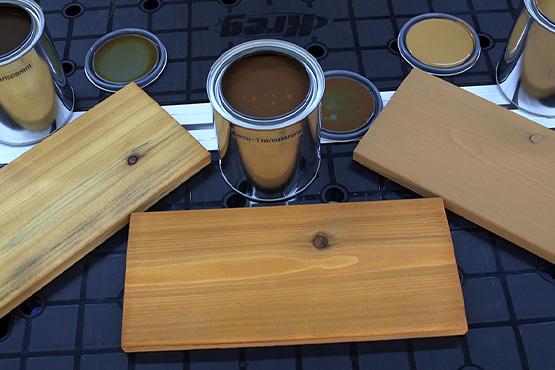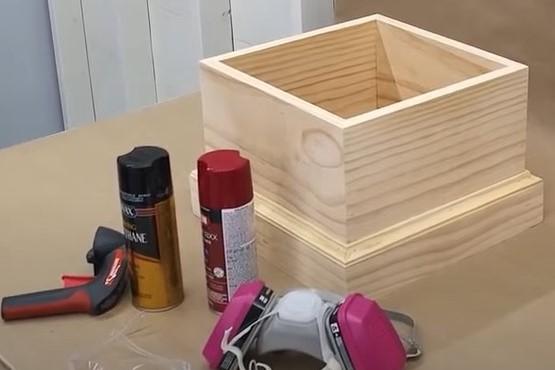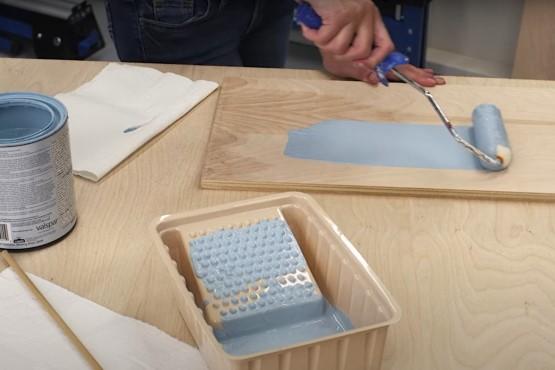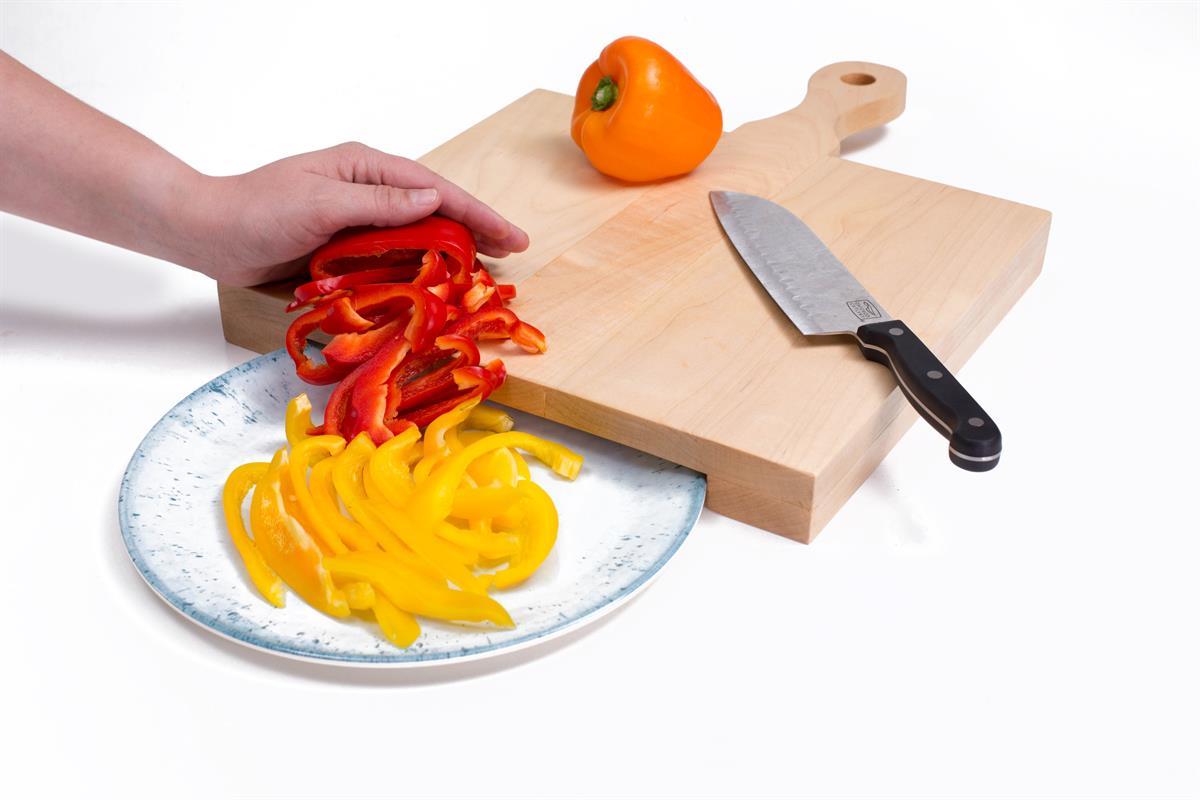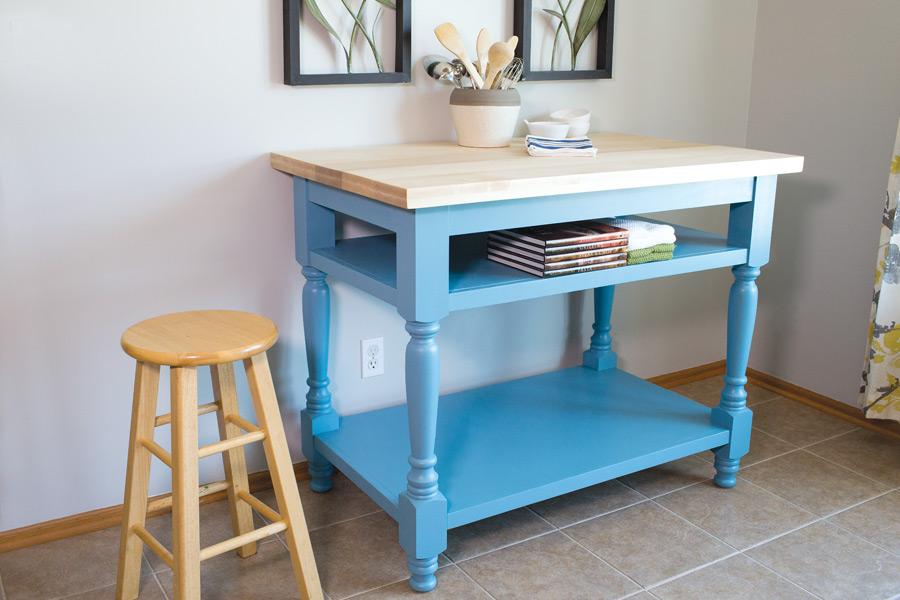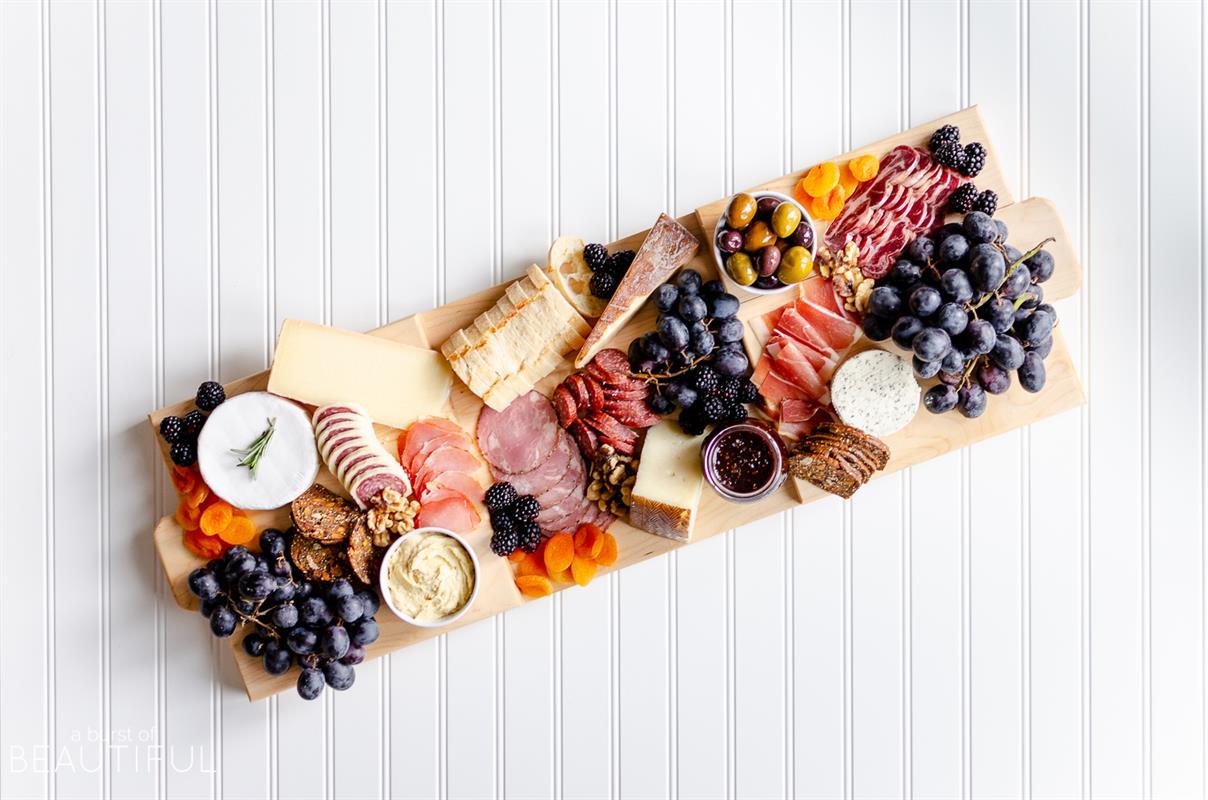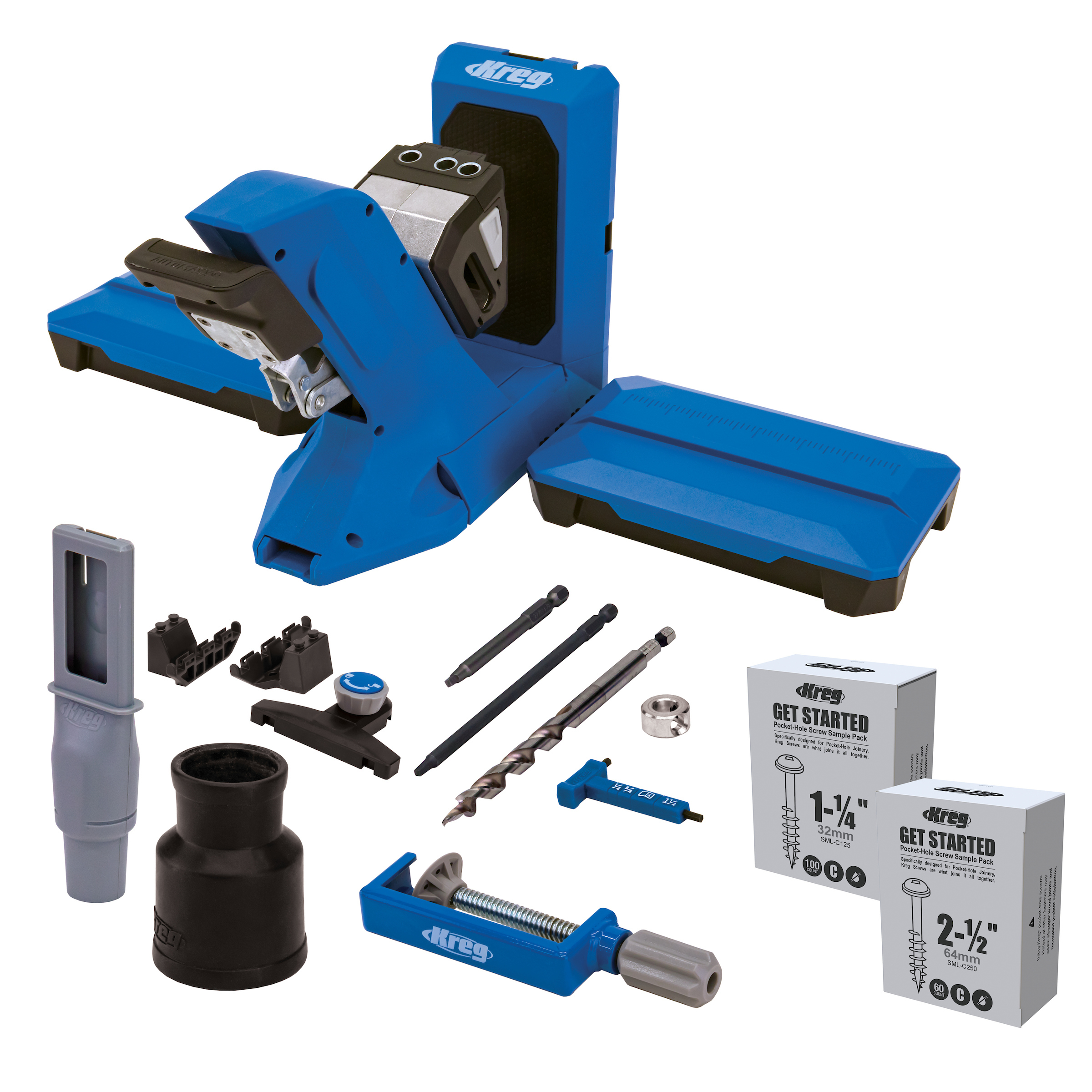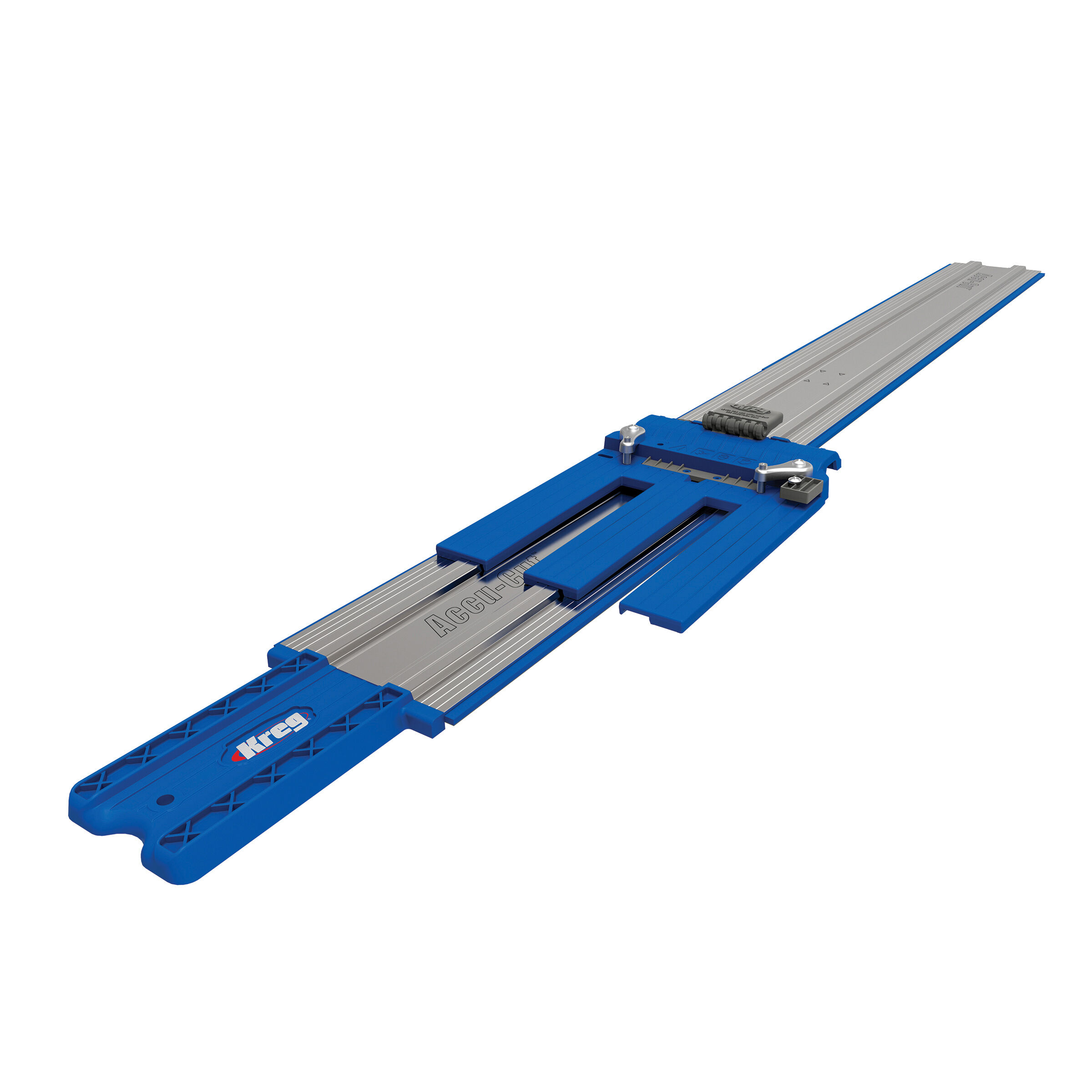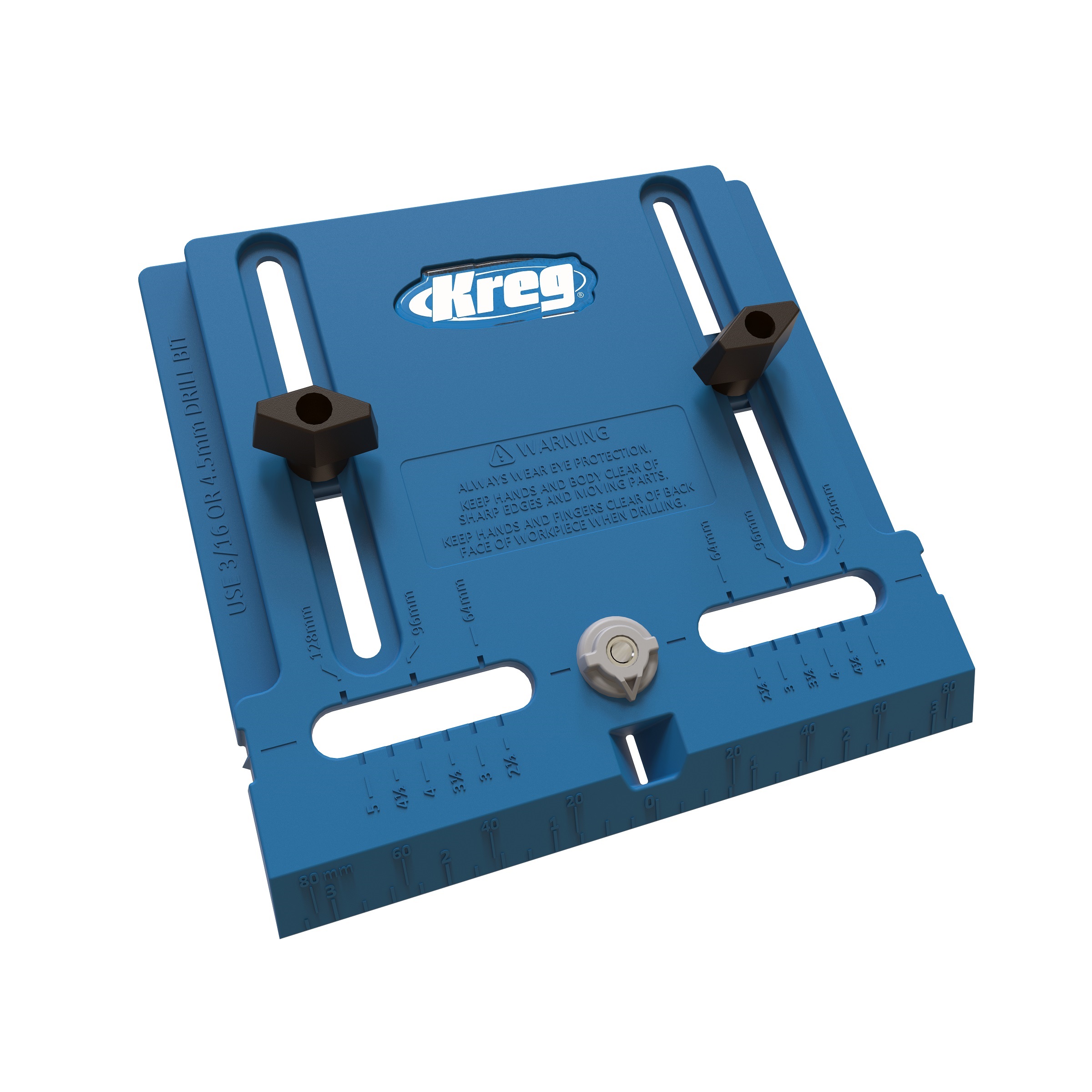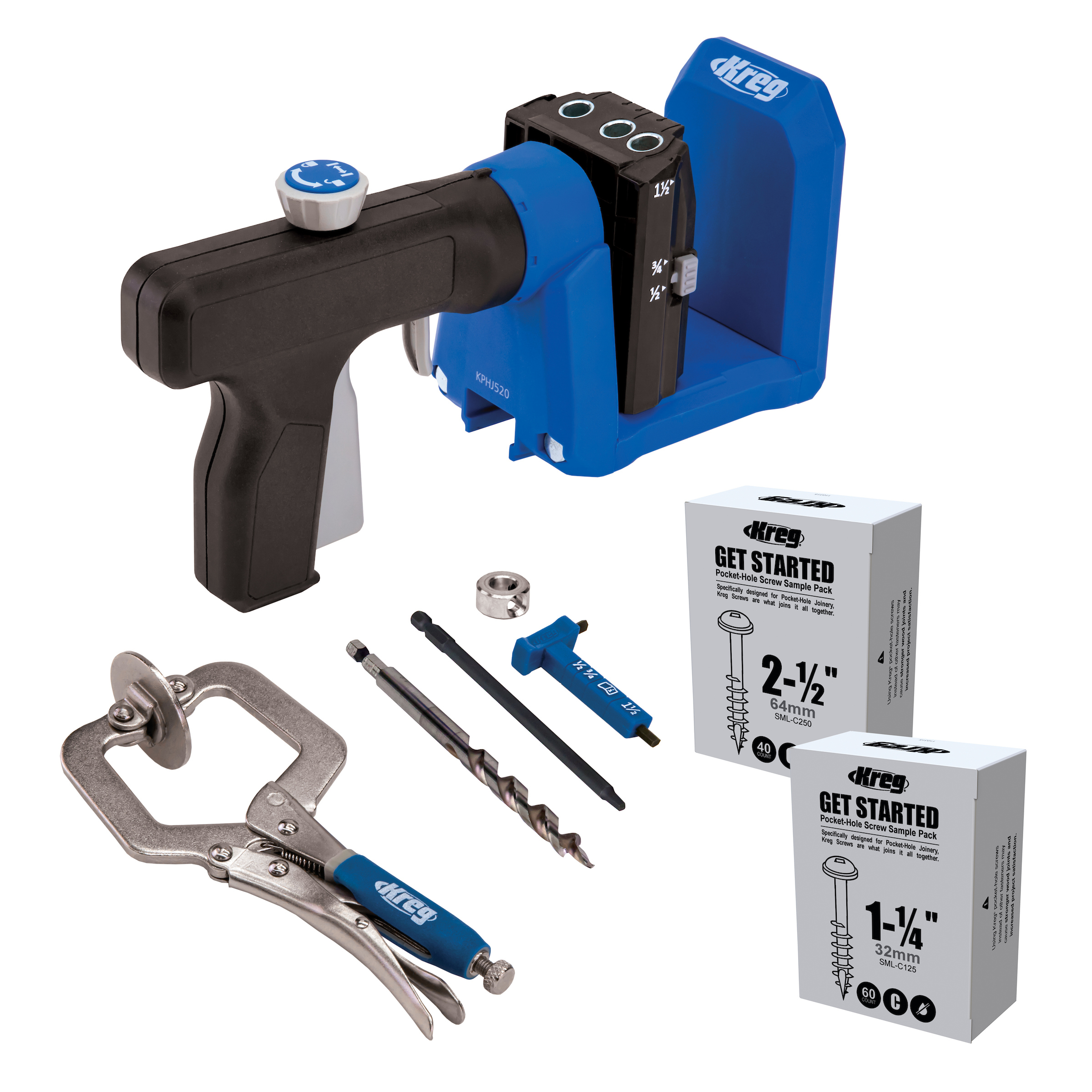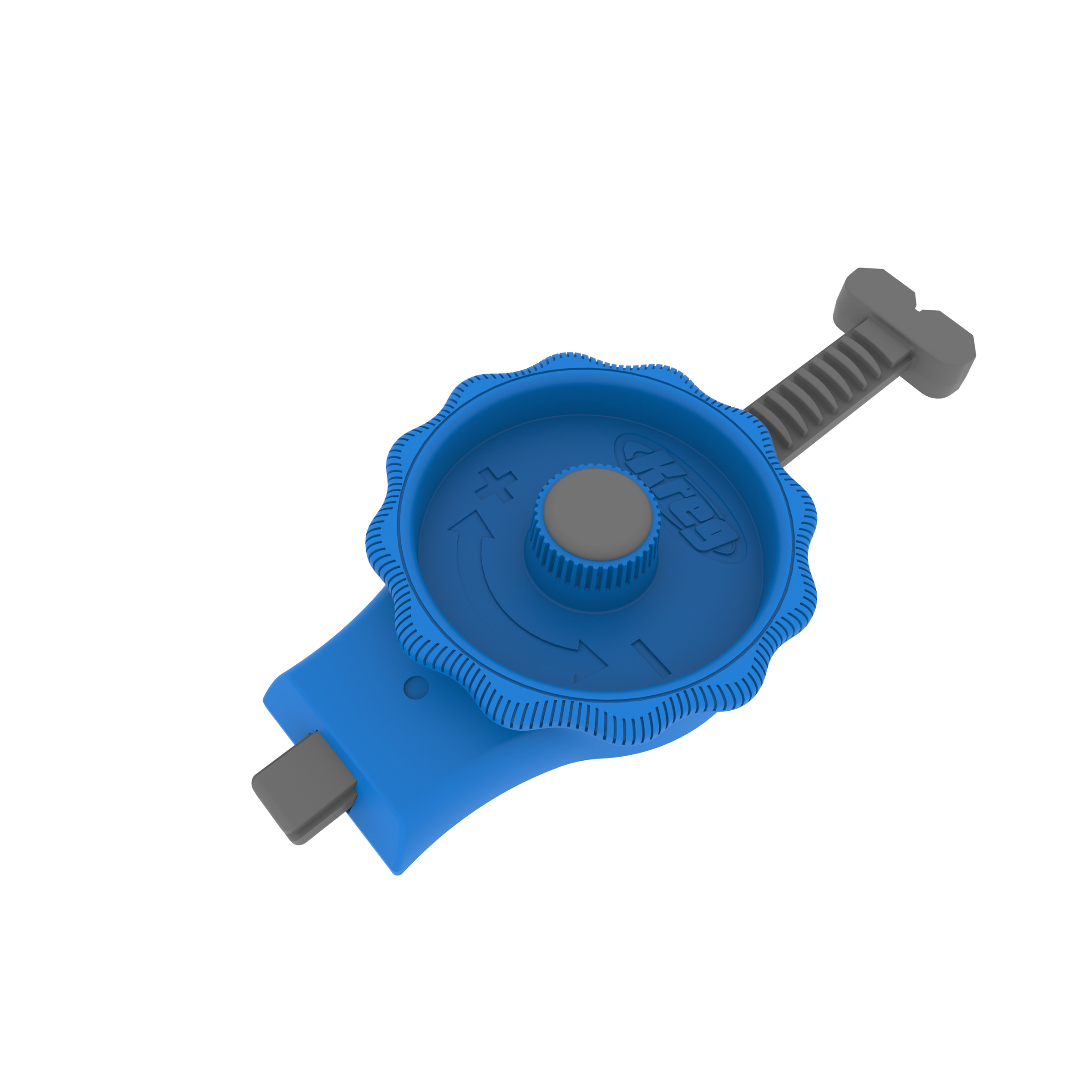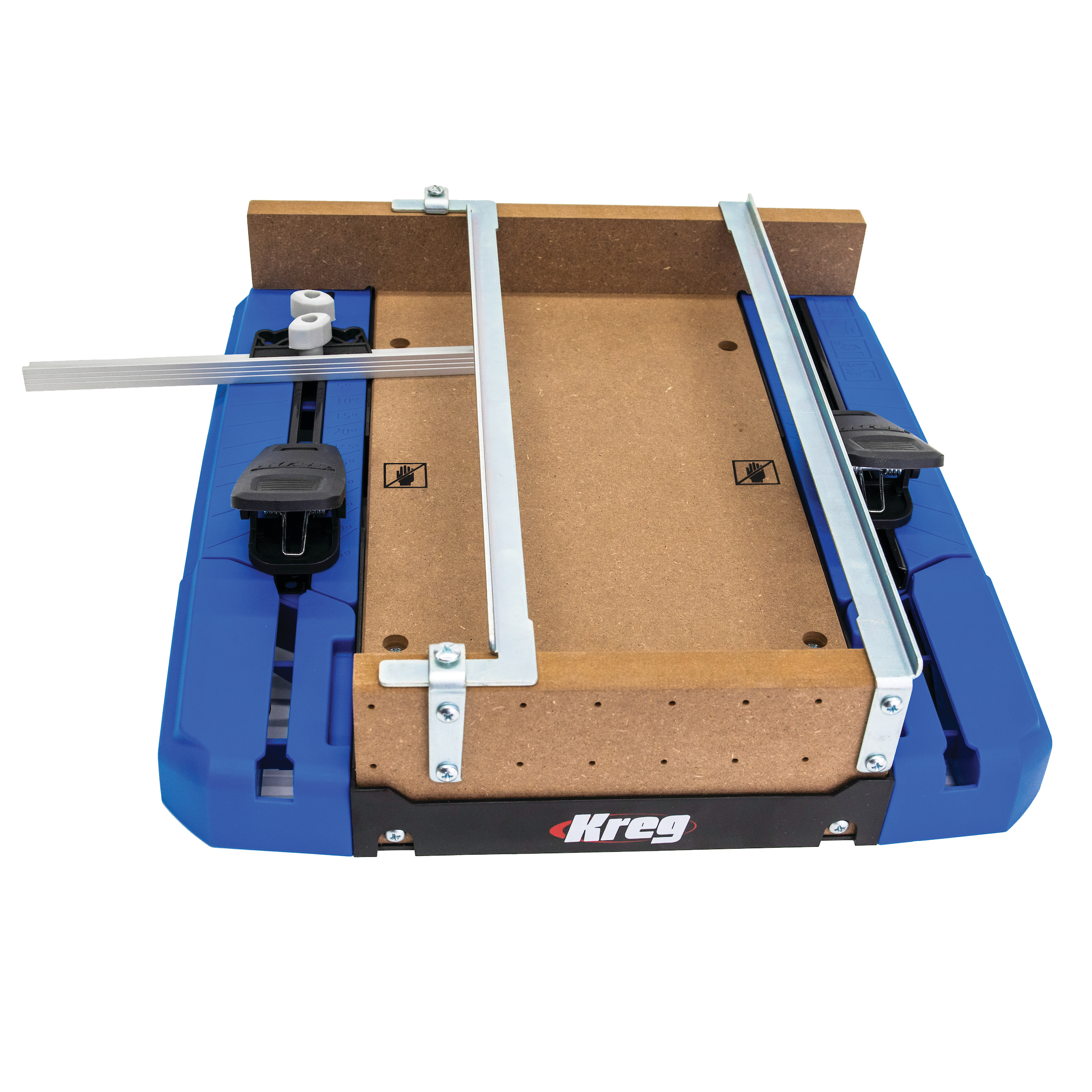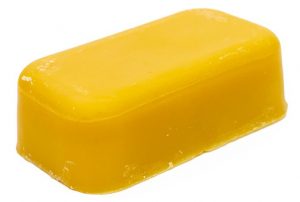
Beeswax
It’s tough to find a food-safe finish more natural than beeswax. Usually sold in blocks, beeswax can be melted into a liquid in a double boiler, and then rubbed onto the wood with a cloth or by hand. Beeswax soaks into the wood fibers to offer relatively good water resistance, though it will have to be reapplied fairly often. Beeswax can also be blended with mineral oil to increase durability.
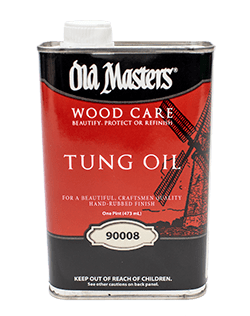 Pure Tung Oil
Pure Tung Oil
Tung oil is extracted from the wood of the China Wood tree, and, in its pure form, is considered food-safe. Rubbed into the wood with a cloth or by hand, tung oil gets absorbed and solidifies, though it never hardens completely. Tung oil will have to be reapplied occasionally to maintain protection.
Pure tung oil should not be mistaken with “tung oil finish” or “Danish oil.” These use tung oil as a base, but have chemical driers and hardeners added that are not suitable as food-safe finishes.
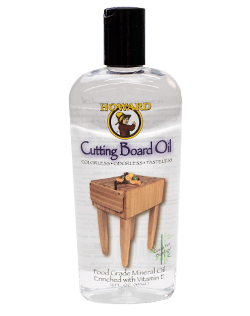
Cutting Board Oil
Cutting board oil uses mineral oil as the main ingredient to offer protection and water resistance, but cutting board oil is blended with other substances to increase durability. Beeswax is often used, but some versions use chemical additives instead. Both versions meet requirements for being food-safe. Cutting Board oil is applied with a cloth and will require several coats to protect raw wood. You’ll need to reapply he finish periodically, as it dries out, to maintain protection.
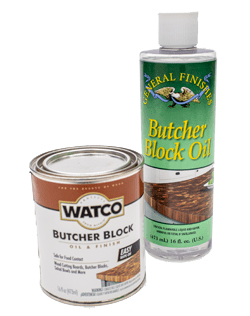
Butcher Block Oil
Butcher block oil can generally be used interchangeably with cutting board oil, and it’s usually made with the exact same substances—mineral oil plus beeswax or chemical hardeners. That means butcher block oil offers similar protection, and will also have to be reapplied periodically.
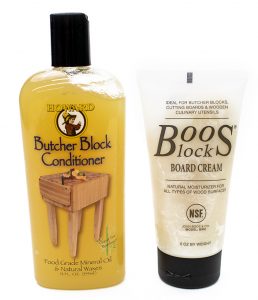
Butcher Block Conditioner
Butcher block conditioners aren’t intended to be used as finishes for bare wood products. Instead, conditioners offer another option for maintaining the above food-safe finishes. Butcher-block conditioners usually have a mineral-oil base, like, just like the finishes above, and add natural carnauba wax to offer increased durability without using chemical driers or hardeners.
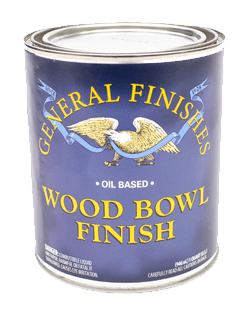
Wood Bowl Finish
Wood bowl finish, which is also known as salad bowl finish, works differently than the other food-safe finishes described above. Those finishes soak into the wood, while wood bowl finish builds a protective film on top of the wood, just like other furniture finishes, such as polyurethane. Unlike “furniture” finishes, though, wood bowl finish is made with ingredients that meet FDA standards for being food-safe.
Wood bowl finish is great for wood salad bowls, serving bowls, and serving utensils. This finish shouldn’t be used on cutting boards or butcher blocks, though, because chopping or slicing with knives will cut into and flake off the finish, which could cause it to get into your food.
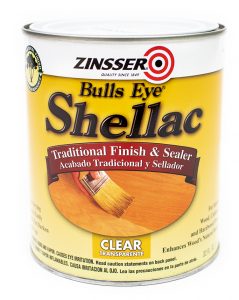
Shellac
Shellac has been used as a wood finish for centuries, and it remains a favorite today for many uses including projects that come into contact with food. Derived from a secretion of the lac bug, shellac can be purchased as dry flakes that get mixed with a denatured alcohol, or in premixed liquid form. Shellac gets wiped or brushed on the wood to build a protective film finish.
Like wood bowl finish, shellac is great for wood salad bowls, serving bowls, and serving utensils. Because shellac builds a film on the wood, it shouldn’t be used on cutting boards or butcher blocks, though, because chopping or slicing with knives will cut into and flake off the finish, which could cause it to get into your food.

